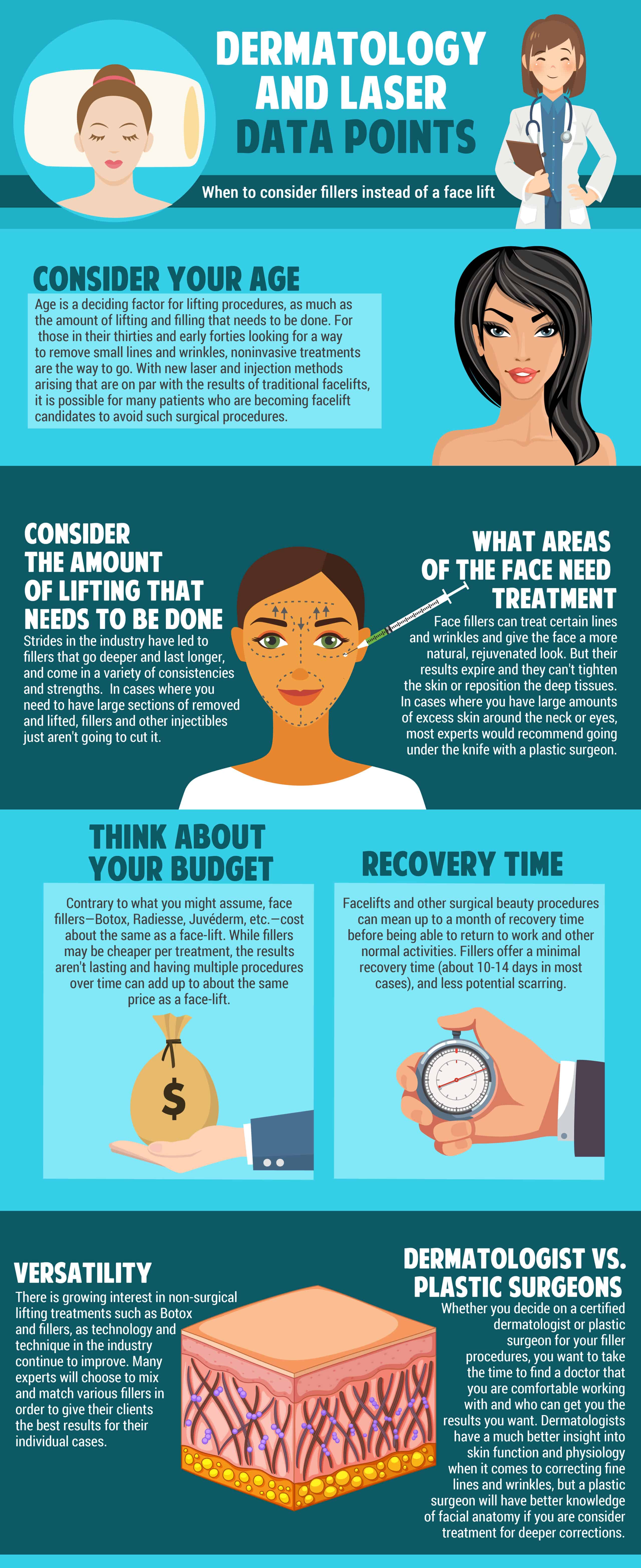A Thorough Examination Of Modern Cataract Surgery Methods
A Thorough Examination Of Modern Cataract Surgery Methods
Blog Article
Created By-Mendoza Serrano
As you explore the advancement of innovative cataract surgical treatment methods, you'll witness a journey noted by ingenuity and precision. From https://jaredxmsyd.spintheblog.com/27379384/explore-the-shocking-lifestyle-advantages-of-innovative-cataract-surgical-treatment-that-extend-past-simply-far-better-vision that paved the way for modern-day innovations to sophisticated technologies that are transforming the field, the thorough summary of cataract surgical procedure strategies is a testament to human development and devotion to boosting patient end results. The detailed interplay in between historical methods and advanced innovations produces an intriguing story that sheds light on the development of among the most common surgical procedures worldwide.
Historic Strategies and Technologies
Explore exactly how very early specialists changed cataract therapy by using cutting-edge strategies and devices. In https://monovisioneyesurgery00009.blog4youth.com/27532014/tips-for-efficiently-taking-care-of-signs-of-glaucoma-and-its-therapy , cataract surgery was a dangerous and agonizing procedure. Nonetheless, ancient Indian doctors were amongst the first to try surgical treatments for cataracts, utilizing a strategy called 'couching' where a sharp tool was used to push the cataract back right into the eye. This method, though crude by today's criteria, laid the groundwork for future innovations in cataract surgery.
As time progressed, Arab doctors made considerable payments by developing specialized needles for cataract extraction. These needles were used to pierce the cataract and then extract it from the eye, marking a substantial improvement in surgical accuracy.
Later on, in the 18th century, the French specialist Jacques Daviel originated the technique of extracapsular cataract removal, where the entire lens was gotten rid of intact with a bigger cut. This marked a major improvement in cataract surgical treatment techniques, leading the way for the modern treatments we use today.
Modern Surgical Approaches
Early techniques in cataract surgical procedure have actually progressed significantly, causing the growth of modern surgical approaches that focus on accuracy and improved individual outcomes. Modern cataract surgical treatment now often involves a treatment called phacoemulsification, where an ultrasonic tool separate the cataract for removal via a little laceration. This technique allows for quicker recovery and reduces the risk of problems contrasted to older methods.
In addition, making use of innovative intraocular lenses (IOLs) has reinvented cataract surgery end results. cataract surgery what to expect after can remedy not just the cataract but additionally other refractive errors like astigmatism, reducing the need for glasses post-surgery.
Surgeons today likewise have access to innovative imaging technologies that aid in precise preoperative planning and intraoperative decision-making. check out this site (OCT) and various other imaging techniques supply detailed images of the eye's structures, enabling a more individualized technique to each patient's surgical treatment. With these developments, modern-day cataract surgical procedure strategies remain to enhance, offering people much safer procedures and better visual end results.
Arising Technologies in Cataract Surgical Procedure
With developments in technology transforming the area, cataract surgical treatment is witnessing the combination of cutting-edge techniques for boosted individual results. Emerging modern technologies in cataract surgical procedure are reshaping the landscape of sensory procedures. One such improvement is femtosecond laser innovation, which allows for exact corneal lacerations, capsulotomies, and lens fragmentation, bring about improved surgical precision and end results.
In addition, intraoperative aberrometry is obtaining popularity, enabling real-time dimensions of refractive errors during surgical treatment to enhance intraocular lens power estimations and minimize postoperative refractive shocks.
Additionally, using sophisticated imaging technologies like optical comprehensibility tomography (OCT) and intraoperative wavefront aberrometry aids doctors in specific medical planning and implementation. These devices provide in-depth physiological details and help tailor medical methods for every person's unique eye characteristics.
Additionally, developments in artificial intelligence are being explored to aid in preoperative planning, intraoperative decision-making, and postoperative treatment, possibly optimizing surgical results and patient contentment. Accepting these emerging innovations in cataract surgery holds guarantee for further enhancing individual outcomes and making certain the continued development of ocular surgical techniques.
Conclusion
As you journey with the history of cataract surgical procedure, you witness the change from old methods to advanced technologies. Like a phoenix az increasing from the ashes, cataract surgical treatment has developed right into a beacon of hope and innovation.
Just as a caterpillar emerges from its cocoon as a gorgeous butterfly, cataract surgical procedure has actually blossomed right into a refined art type, offering patients more clear vision and a brighter future.
The advancement proceeds, beaming a light on unlimited opportunities.
